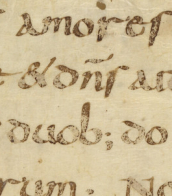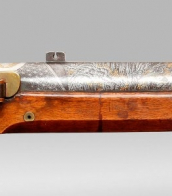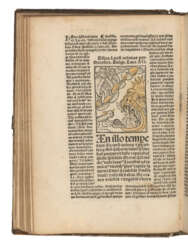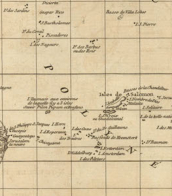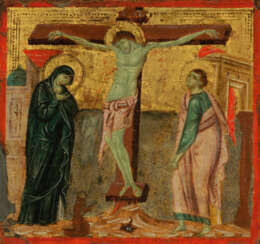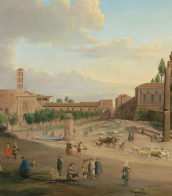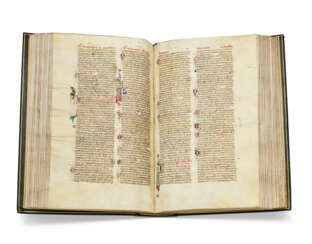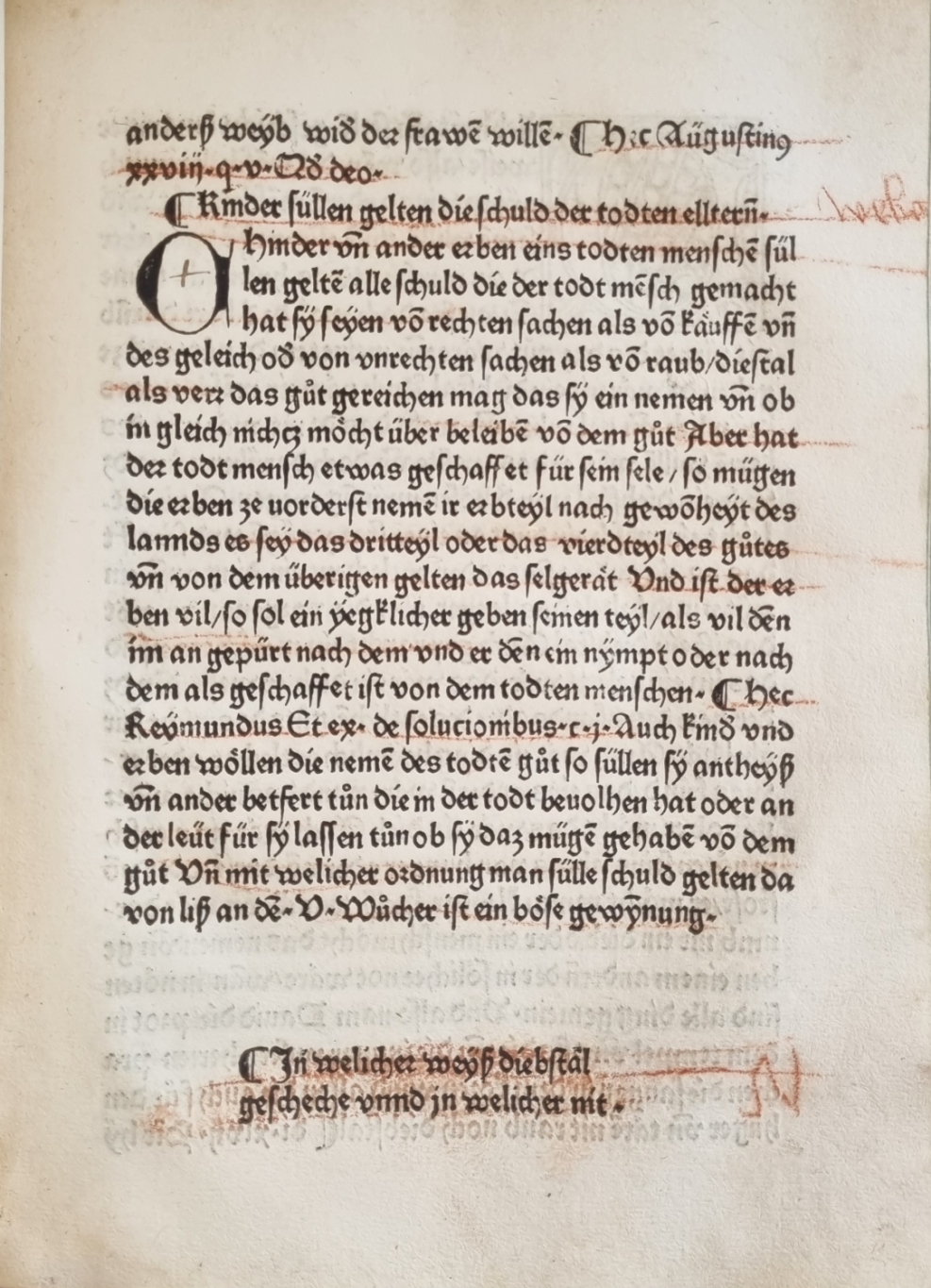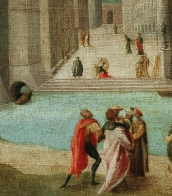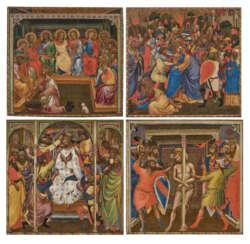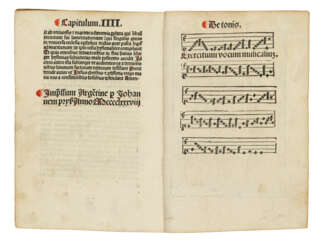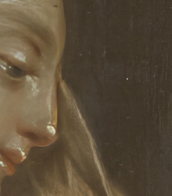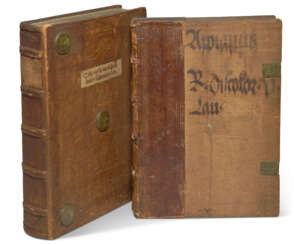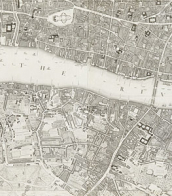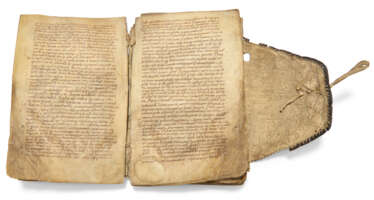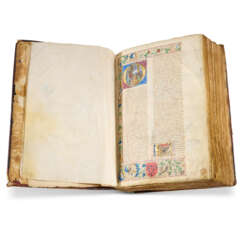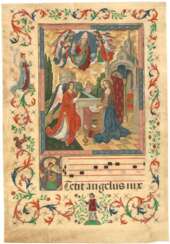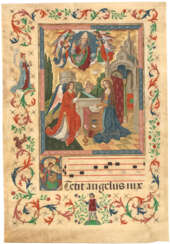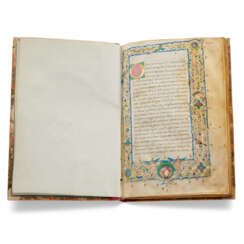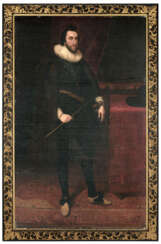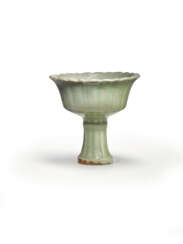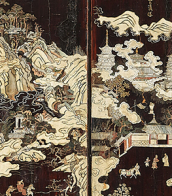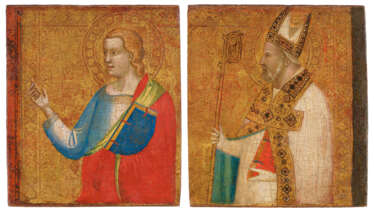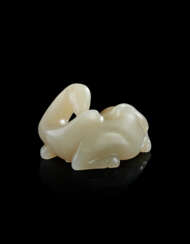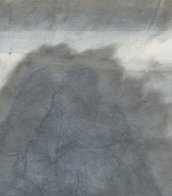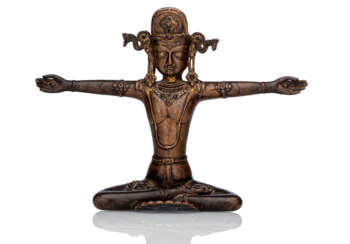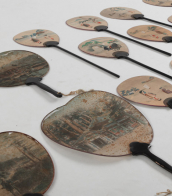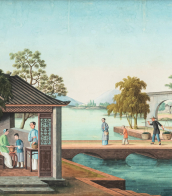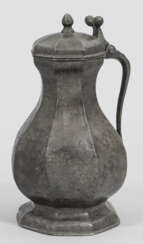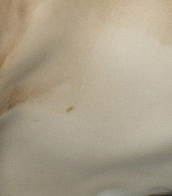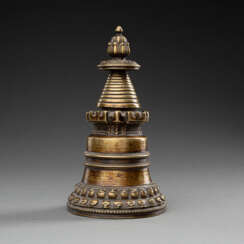14th c.
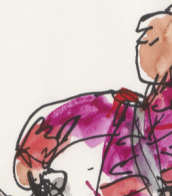
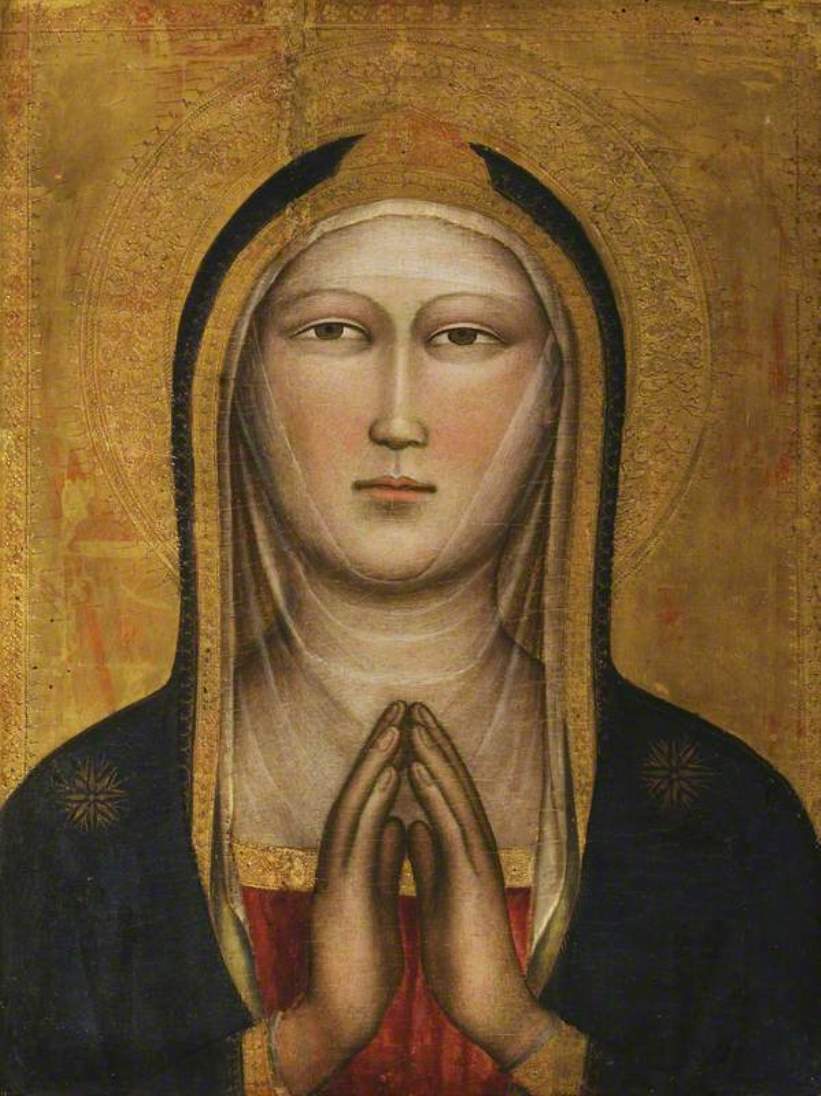
Niccolò di Pietro Gerini was a pivotal figure in the Italian art scene of the late Gothic period, celebrated for his contributions that spanned from the late 14th to the early 15th century. Born in Florence around 1340, Gerini's artistry flourished within the walls of his native city, although his talent also led him to work in Pisa and Prato. Unlike the innovative currents that swept through the art world during his time, Gerini remained faithful to traditional compositions, favoring stiff and dramatic movements in his figures.
Gerini's education and career were deeply intertwined with the artistic guilds of Florence. His father's membership in the Guild of Saint Luke in 1339 paved the way for Gerini's own entry into the Arte dei Medici e Speziali Guild by 1368, a testament to his early involvement in the city's artistic fabric. His works, marked by their large chins, sloping foreheads, and sharp noses, bore the influence of Gothic depictions, aligning him with the schools of Giotto di Bondone, Andrea di Orcagna, and Taddeo Gaddi.
Throughout his career, Gerini collaborated with notable artists like Jacopo di Cione, contributing to frescoes for the Guild hall of the Judges and Notaries in Florence and working on significant projects such as the altarpiece for the Coronation of the Virgin at San Pier Maggiore, Florence. His ability to blend architectural design with his painting skill is evident in these collaborations.
Gerini's paintings, including the triptych from 1387 housed in the National Gallery, London, and the Crucifixion, showcase his mastery over egg tempera on wood, a medium through which he conveyed religious narratives with profound solemnity and intricate detail. His works are preserved in prestigious collections, including The Hermitage, St. Petersburg, and the Alte Pinakothek, Munich, reflecting his enduring legacy in the annals of art history.
For collectors and experts in art and antiques, Gerini's oeuvre offers a rich exploration of late Gothic artistry, characterized by its adherence to traditional values while simultaneously capturing the spiritual and cultural nuances of his time. To stay informed on new discoveries and auction events related to Niccolò di Pietro Gerini, signing up for updates is a valuable resource for enthusiasts keen on this remarkable period of art history.
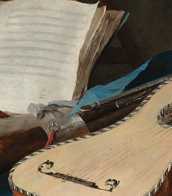
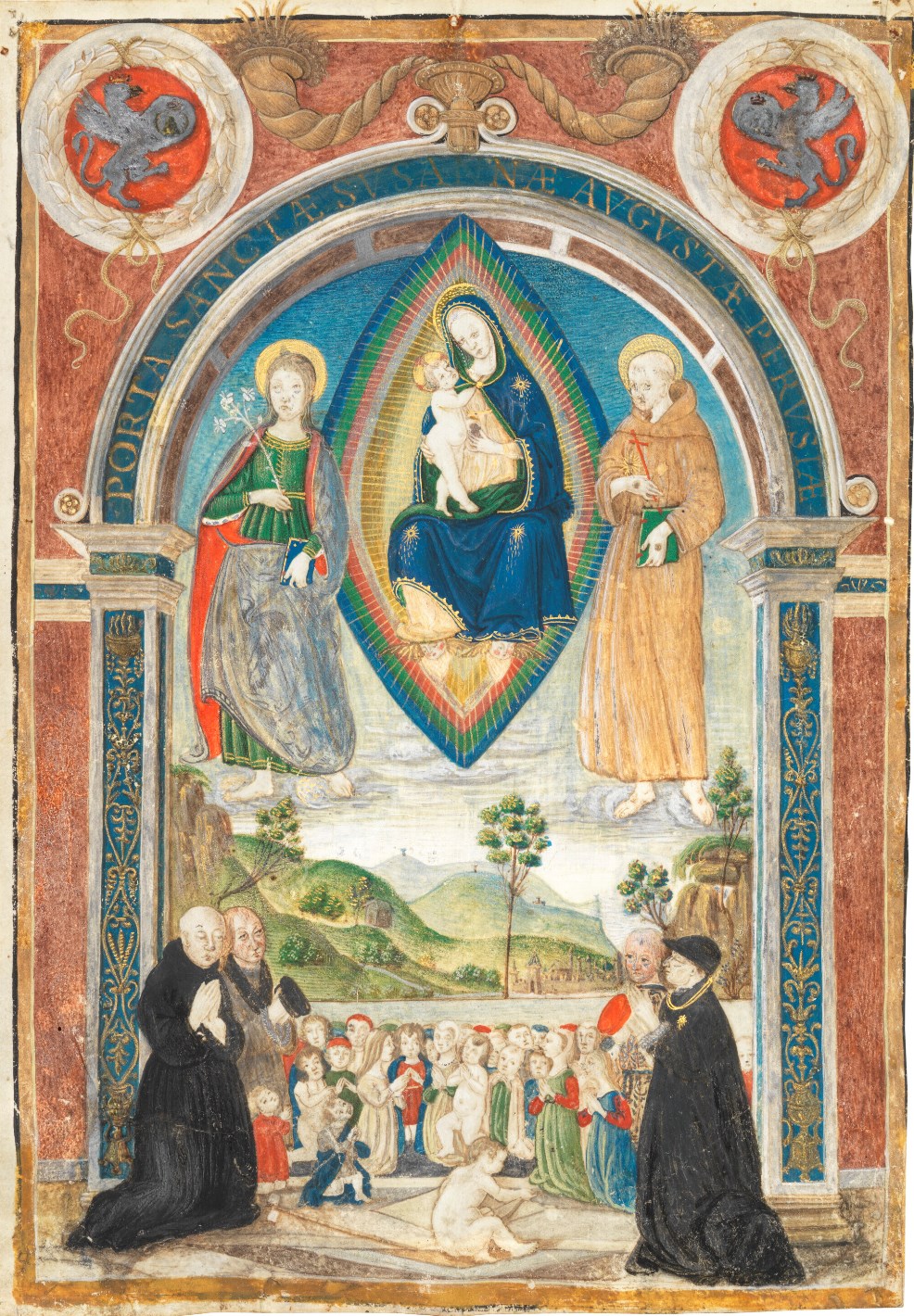
Tommaso di Mascio Scarafone was an Italian painter and illuminator.
He worked in the studio of the Perugene illuminator, painter and frescoist Bartolomeo Caporali.

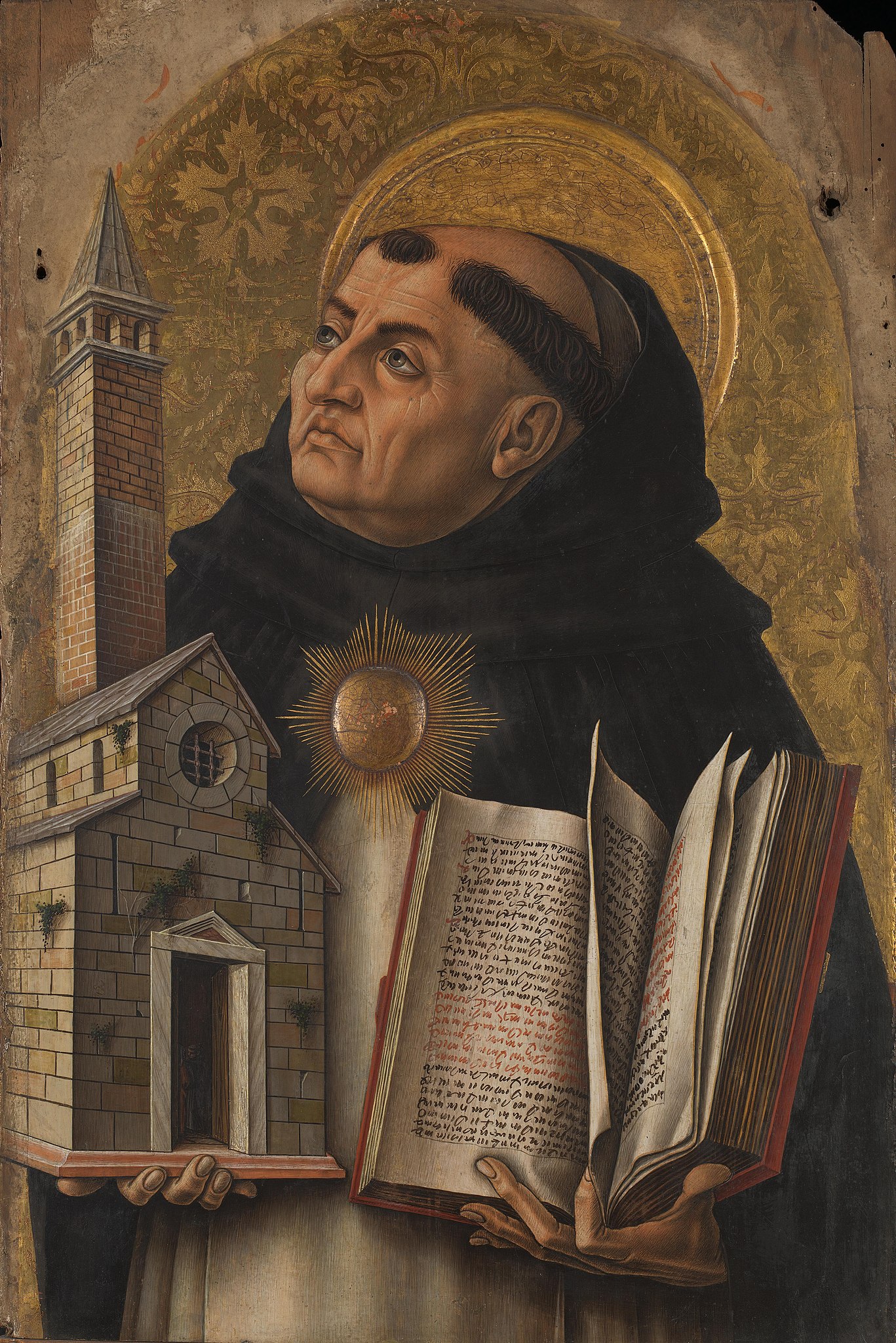
Thomas Aquinas (Italian: Tommaso d'Aquino, also called Aquinas, alias Doctor Angelicus) was an Italian poet and theologian, philosopher, and major medieval scholastic.
Thomas Aquinas is one of the most important theologians in the history of Western civilization, given the extent of his influence on the development of Roman Catholic theology since the fourteenth century. As a theologian, in his two masterpieces, Summa theologiae and Summa contra gentiles, he created the classical systematization of Latin theology, and as a poet, he wrote some of the most serious and beautiful Eucharistic hymns in the church liturgy. Thomas Aquinas is recognized by the Roman Catholic Church as the foremost Western philosopher and theologian and canonized as a saint.

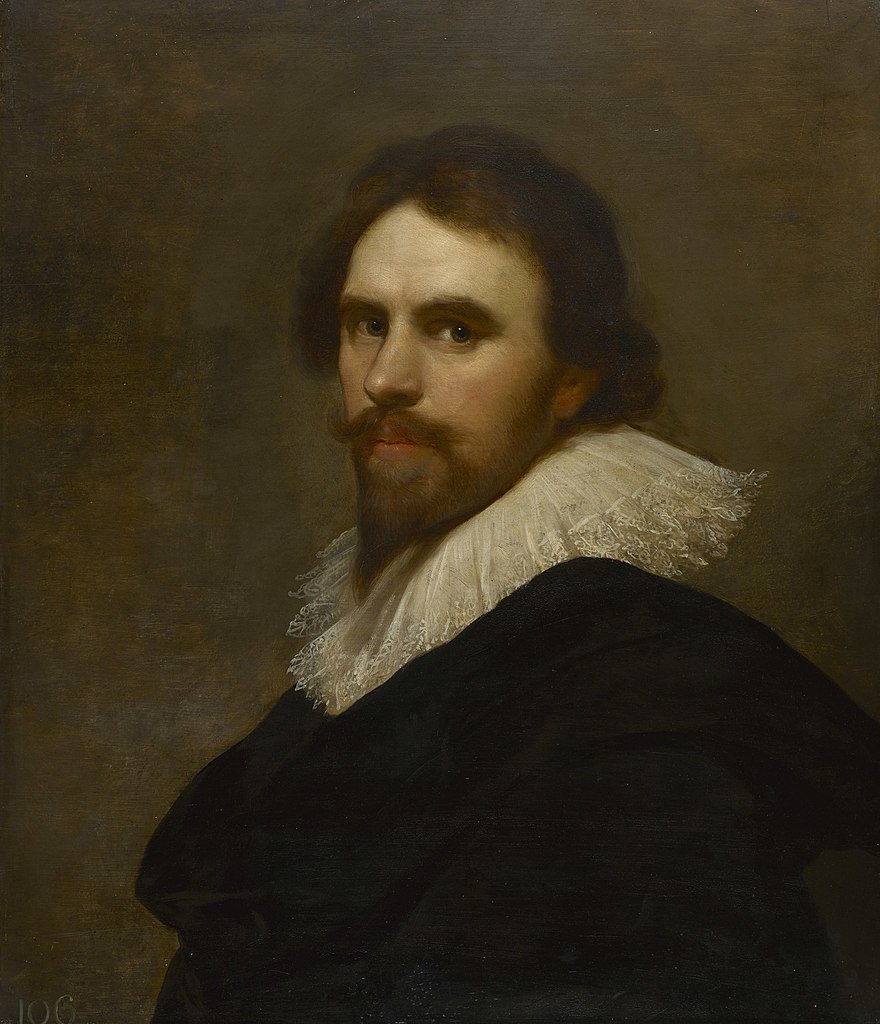
Daniël Mijtens was a Dutch painter, portrait painter, draughtsman and printmaker of the Golden Age of Dutch art. He worked in England for a significant part of his life.
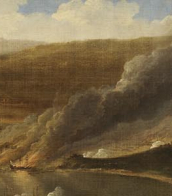
.jpg)
Bernardo Daddi, an Italian painter born in the late 13th century, emerged as a pivotal figure in the early Renaissance, particularly within the Florentine school of painting. Operating in Florence between 1280 and 1348, Daddi's oeuvre is renowned for its devout spiritual essence and the delicate finesse of its execution, marking a significant departure from the Byzantine traditions that dominated the era.
Daddi's art is distinguished by its intimate scale, refined attention to detail, and vibrant narrative compositions, which were primarily religious in nature. His works are celebrated for their clarity, color, and emotional depth, contributing to the evolution of painting during a period rich in cultural and artistic exploration. Among his notable contributions, the "Madonna and Child" triptychs and frescoes in Florence stand as testaments to his skill and spiritual devotion.
Bernardo Daddi's influence extended beyond his lifetime, setting the stage for the blossoming of Renaissance art. His paintings, housed in prestigious museums and churches, offer a window into the soul of 14th-century Italy, reflecting the period's complex interplay between faith, art, and society.
For collectors and art history aficionados, Daddi's works represent not just aesthetic achievements but also historical artifacts that capture the essence of an era on the cusp of the Renaissance. His legacy, embedded in the fabric of Italian art history, continues to inspire and captivate those who seek to unravel the origins of Renaissance painting.
Intrigued by Bernardo Daddi's mastery and his contribution to the dawn of the Renaissance? Sign up for updates to stay informed about the latest sales, exhibitions, and auction events featuring his work. This subscription is your gateway to the world of art collecting, offering exclusive insights into opportunities to own a piece of history.
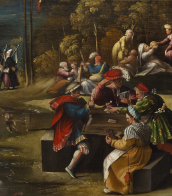
.jpg)
Bernardo Daddi, an Italian painter born in the late 13th century, emerged as a pivotal figure in the early Renaissance, particularly within the Florentine school of painting. Operating in Florence between 1280 and 1348, Daddi's oeuvre is renowned for its devout spiritual essence and the delicate finesse of its execution, marking a significant departure from the Byzantine traditions that dominated the era.
Daddi's art is distinguished by its intimate scale, refined attention to detail, and vibrant narrative compositions, which were primarily religious in nature. His works are celebrated for their clarity, color, and emotional depth, contributing to the evolution of painting during a period rich in cultural and artistic exploration. Among his notable contributions, the "Madonna and Child" triptychs and frescoes in Florence stand as testaments to his skill and spiritual devotion.
Bernardo Daddi's influence extended beyond his lifetime, setting the stage for the blossoming of Renaissance art. His paintings, housed in prestigious museums and churches, offer a window into the soul of 14th-century Italy, reflecting the period's complex interplay between faith, art, and society.
For collectors and art history aficionados, Daddi's works represent not just aesthetic achievements but also historical artifacts that capture the essence of an era on the cusp of the Renaissance. His legacy, embedded in the fabric of Italian art history, continues to inspire and captivate those who seek to unravel the origins of Renaissance painting.
Intrigued by Bernardo Daddi's mastery and his contribution to the dawn of the Renaissance? Sign up for updates to stay informed about the latest sales, exhibitions, and auction events featuring his work. This subscription is your gateway to the world of art collecting, offering exclusive insights into opportunities to own a piece of history.



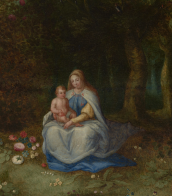
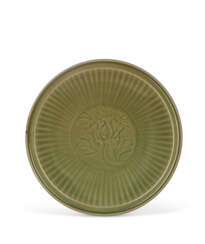

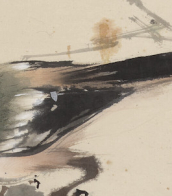
![FIBONACCI, Leonardo [c.1170-c.1250]; BOETHIUS, Anicius Manlius Severinus [c.480-524], GROSSETESTE, Robert [1175-1253]; [DE PULCHRO RIVO, Johannes, attrib.]](/assets/image/picture_2279440/69ac3/5672d49f6fe2176fe5b0465502ca1a9b1657663200jpg__fix_374_244.jpeg)
![FIBONACCI, Leonardo [c.1170-c.1250]; BOETHIUS, Anicius Manlius Severinus [c.480-524], GROSSETESTE, Robert [1175-1253]; [DE PULCHRO RIVO, Johannes, attrib.]](https://veryimportantlot.com/assets/image/picture_2279440/69ac3/5672d49f6fe2176fe5b0465502ca1a9b1657663200jpg__fix_374_244.jpeg)


